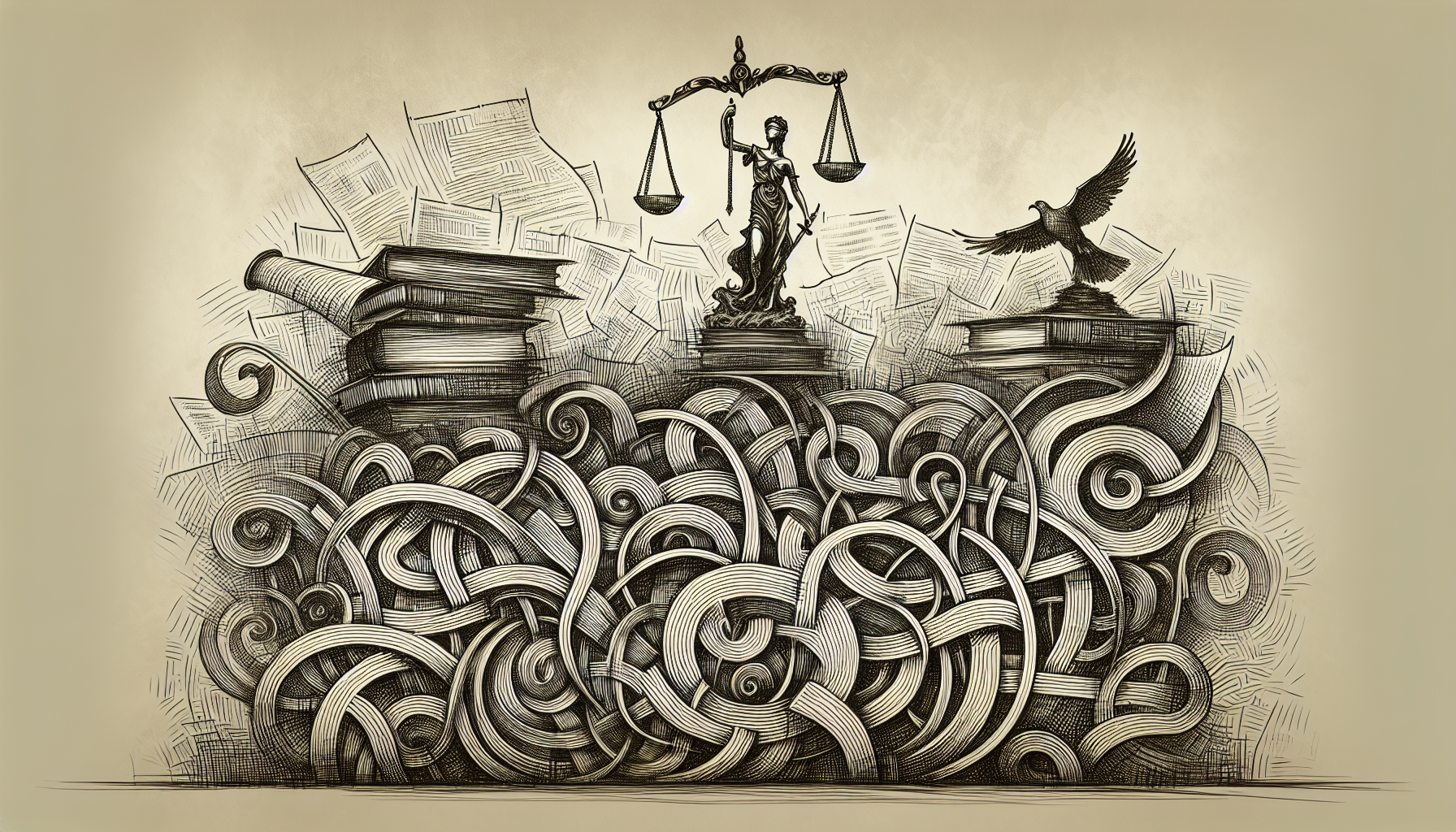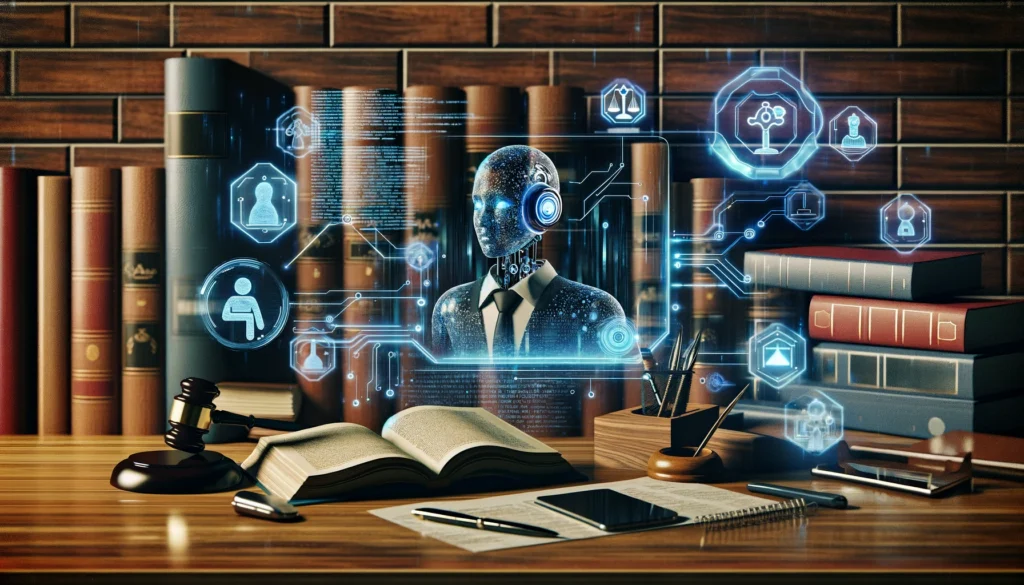
Empowering Paralegals with AI: An Introduction to ChatGPT in Trust Drafting
In an evolving legal landscape, the efficient drafting of Revocable Living Trust Agreements is paramount. This article explores how leveraging AI, specifically ChatGPT and other large language models (LLMs), can streamline and simplify this process for paralegals. The integration of these advanced tools not only enhances accuracy but also expedites the development of comprehensive trust documents.
ChatGPT, powered by OpenAI, is an example of an LLM capable of understanding and generating human-like text. When applied to legal contexts, its potential benefits include time-saving automation, enhanced precision, and the ability to maintain consistency across multiple documents. With these advantages, paralegals can substantially improve the quality and efficiency of trust drafting.
Revocable Living Trust Agreements: The Basics
Revocable Living Trust Agreements are pivotal in estate planning, allowing for the management and distribution of assets during one’s lifetime and after death. These legal instruments can be altered or terminated by the grantor, offering flexibility and control over one’s estate.
Key components of a Revocable Living Trust Agreement include:
- Grantor: The person who establishes the trust.
- Trustee: The individual or entity responsible for managing the trust’s assets.
- Beneficiaries: Those who will receive benefits from the trust.
- Assets: Items included in the trust, such as property, investments, and personal belongings.
Legal considerations involve ensuring compliance with state laws, accurate asset titling, and clear identification of trustees and beneficiaries. With these elements established, we can delve deeper into how AI can aid in the drafting process.
Also read:
Harnessing AI: Setting the Stage with Initial Prompts
The success of using ChatGPT in trust drafting largely depends on crafting precise and well-structured prompts. Effective initial prompts ensure that the AI generates relevant and useful content. Here are exemplary prompts that serve as strong starting points:
- “Draft the introductory clause for a Revocable Living Trust Agreement, including the grantor’s name, the trust date, and a brief purpose statement.”
- “Generate a list of assets typically included in a Revocable Living Trust.”
Refining these prompts can result in more accurate responses. For instance, specifying the jurisdiction or detailing particular trust terms can greatly enhance the output. Consider this revised prompt: “Draft the introductory clause for a Revocable Living Trust Agreement under California law, including the grantor’s name, the trust date, and a purpose statement focusing on asset management.”
Such detailed instructions set the foundation for generating precise and legally compliant content, paving the way for more detailed drafting in subsequent steps.
Also read:
Streamlining Drafts: Intermediate Prompts and Editing Techniques
With initial structures in place, guiding ChatGPT through the creation of detailed clauses becomes crucial. By employing intermediate prompts, paralegals can ensure comprehensive and coherent sections within the document. Here are strategies and examples for intermediate drafting:
- **Creating Detailed Clauses:**
Prompt: “Draft a section outlining the powers and duties of the trustee, ensuring compliance with [specific state] laws and including responsibilities such as asset management, distributions, and tax filings.”
- **Iterative Improvements:**
Prompt: “Refine the trustee powers section to include specific provisions about investment decisions and beneficiary communications.”
Using these prompts iteratively allows for refining, adding specificity, and clarifying details in each draft iteration. Additionally, multiple versions of each clause can be compared to identify the best fit:
- “Provide three variations for the beneficiaries’ section, focusing on different methods of asset distribution.”
This step-by-step approach not only fine-tunes the document but also ensures each element aligns well with legal standards and client needs.
Also read:
Ensuring Compliance and Accuracy: Legal Nuances with ChatGPT
Compliance and accuracy are paramount in legal drafting. Paralegals can use ChatGPT to cross-reference legal databases and verify compliance by applying compounded prompts. Techniques include:
- **Checking for Legal Compliance:**
Prompt: “Cross-reference the drafted trustee clause with [specific legal database] to ensure it meets the legal requirements of [state].”
- **Ensuring Accuracy:**
Prompt: “Verify the accuracy of legal terms used in the beneficiary distribution clause against [authoritative legal dictionary].”
These methods minimize errors and ensure that legal language remains precise and thorough, maintaining the integrity of the trust agreement.
Also read:
Ethical and Practical Considerations
While AI can significantly optimize legal drafting, ethical and practical considerations are essential. The primary ethical concern involves ensuring AI-generated content does not replace critical legal review. Paralegals must blend AI assistance with rigorous human oversight to maintain ethical standards.
Practical advice includes continuous education on AI advancements and maintaining a clear boundary between AI assistance and professional judgment, ensuring comprehensive review for legal accuracy.
Also read:
Final Review and Human Touch: Blending AI Output with Expert Oversight
After leveraging AI to generate a draft, human expertise is crucial for a final review. Combining AI output with expert oversight ensures all nuances are addressed and professional standards met:
- Review AI-generated drafts for context and coherence.
- Ensure alignment with client-specific requirements and preferences.
This synergy between AI and human expertise refines the final document, enhancing its quality and reliability.
Also read:
Conclusion: The Future of AI in Legal Workflows
In summary, integrating ChatGPT into the drafting of Revocable Living Trust Agreements can greatly improve efficiency and accuracy. As AI continues to evolve, its role in legal workflows is set to expand, offering ever-greater support to legal professionals. By embracing these technologies while maintaining rigorous oversight, the legal field can achieve significant advancements in productivity and precision.
“`


